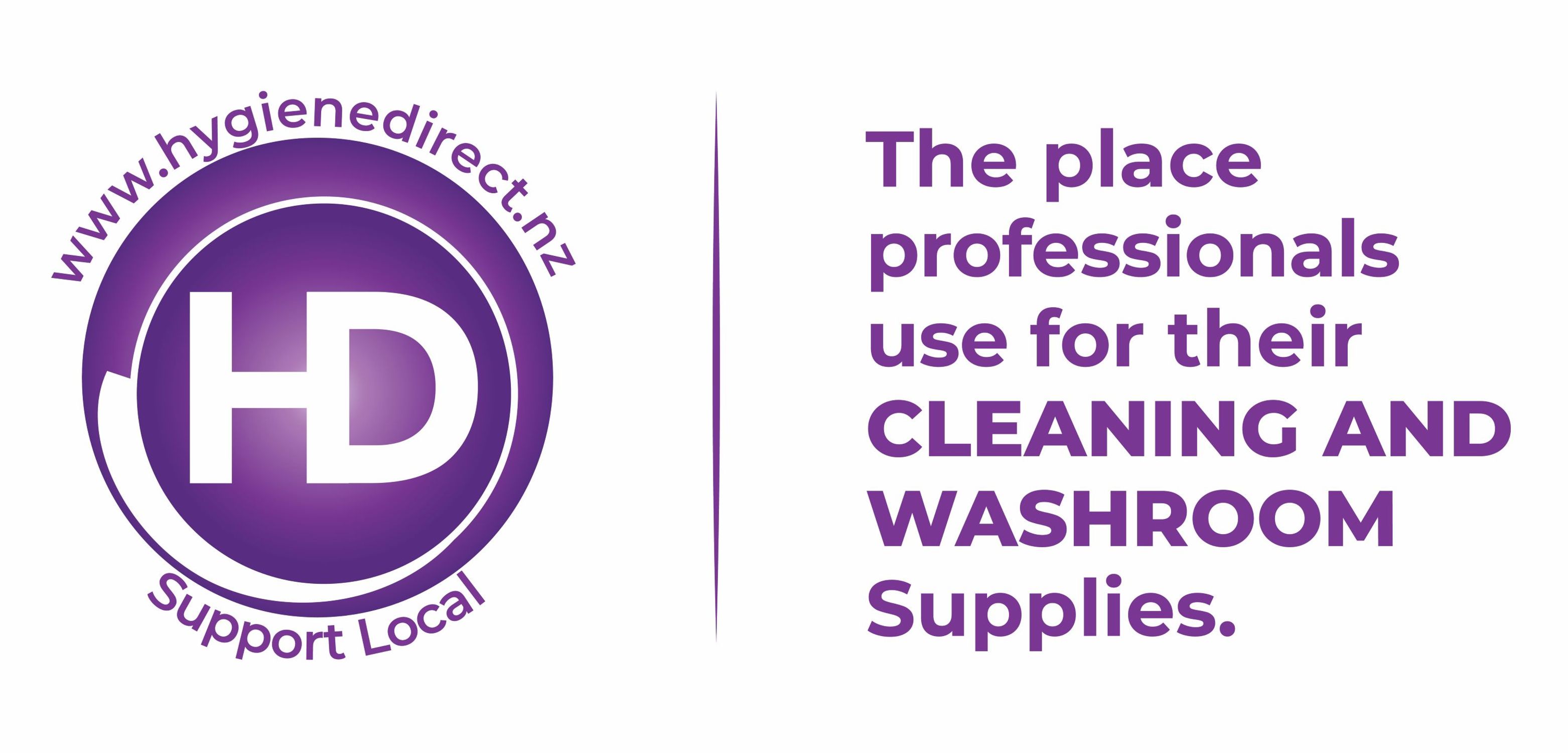For many businesses across Australia, COVID has just been a long, never-ending saga of hurdles, obstacles and challenges.
During lockdowns, businesses had to find creative ways to stay afloat. As vaccinations became available, businesses then had to find ways to navigate the potentially tense situation of dealing with patrons who were unwilling to get vaccinated.
The latest spanner in the works is the risks associated with inadequate ventilation in indoor venues for patrons and workers.
Scott Cairns, CEO of Secure Your World, explained that businesses are now at risk of litigation if they do not have adequate COVID air quality practices in place.
“Just as businesses were starting to get back on their feet, they’ve been dealt with yet another blow. However, in this period of COVID, businesses should take note that it is also for their own personal safety, to ensure they improve the quality of air ventilation in their premises to limit the spread of respiratory diseases,” Cairns said.
“Businesses have a responsibility to staff and customers to ensure air quality does not drop to an unsafe level.”
He has outlined his top tips on how to improve air quality in indoor venues.
How good ventilation helps prevent COVID from spreading
“Omicron is known to be a highly infectious strain of the COVID-19 virus. This means that maintaining good air quality in indoor venues should be a top priority. COVD can spread and infect people when an infected person unknowingly disperses droplets or aerosols containing the virus,” Cairns explained.
“If you think about it logically, it’s easy to understand. Crowding a lot of people into a small space is never a good idea in the first place. This is why density limits have been introduced to allow fewer people into any given space. And it’s also why good airflow is required to minimise the build up of infectious aerosols in indoor venues.”
Using an air quality monitor
Cairns strongly business owners to purchase an indoor air quality monitoring device. These work by measuring the level of carbon dioxide in the air and can be used as an indication of how well a place is ventilated.
“As we breathe out, we exhale carbon dioxide. So if a particular venue does not have good airflow, the amount of carbon dioxide in the air can build up,” Cairns outlined.
“In the case of these air monitors, carbon dioxide levels can be a gauge as to how well the air is circulating in a space, and how likely it is for potentially allowing the spread of COVID.
“If there isn’t good air flow and an infected person is present, you are more likely to get infected, than if the place were well ventilated.”
Staying vigilant as time goes on
Now into the third year of COVID, time has certainly ticked on, and it’s easy to be lulled into a sense of apathy.
“Now is not the time to relax the safety practices that were so constantly at the forefront of our thoughts in the past two years,” Cairns emphasised.
“As we return to our daily routines and habits, it’s more vital than ever that everyone remembers to maintain high levels of hygiene and cleanliness. Masks must be worn indoors and air ventilation must be a top priority.”
The rise of caution fatigue
“Psychologists have termed it caution fatigue, when people have become less motivated about coronavirus safety. We have become desensitised to the stress and warnings, and disregard the risk of infection and seek out rewarding distractions such as human connections,” Cairns said.
“The brain copes with prolonged fear and stress by lowering its stress response. The brain starts to evaluate whether a stressful situation is real or perceived. It can be a chore to keep wearing masks and sanitising everything because we have normalised COVID. This is a huge risk especially as COVID keeps mutating.”
Getting back on track
“What’s the best motivation to regain your focus? It’s to think of others and their safety. If you keep in mind the risk that you might be creating for others, you are more likely to stay committed to keeping yourself safe too,” Cairns suggested.
“I strongly recommend businesses to follow government and health guidelines which have been drawn up with public safety in mind. Following these rules will give you the best shot at making it through this new curveball of the pandemic.
“It’s disappointing that patrons would consider legal action against businesses over such matters, after all it’s been such a hard couple of years. If you are a business owner, it’s important that you take steps to safeguard yourself against potential lawsuits. Simply getting a carbon dioxide monitor is a cheap and easy way for you to get a little extra peace of mind.
“A lot of consumers are carrying these monitors around with them when visiting indoor venues. Business owners need to be on the front foot and ensure they are managing air quality – because their customers or potential litigants are.”

